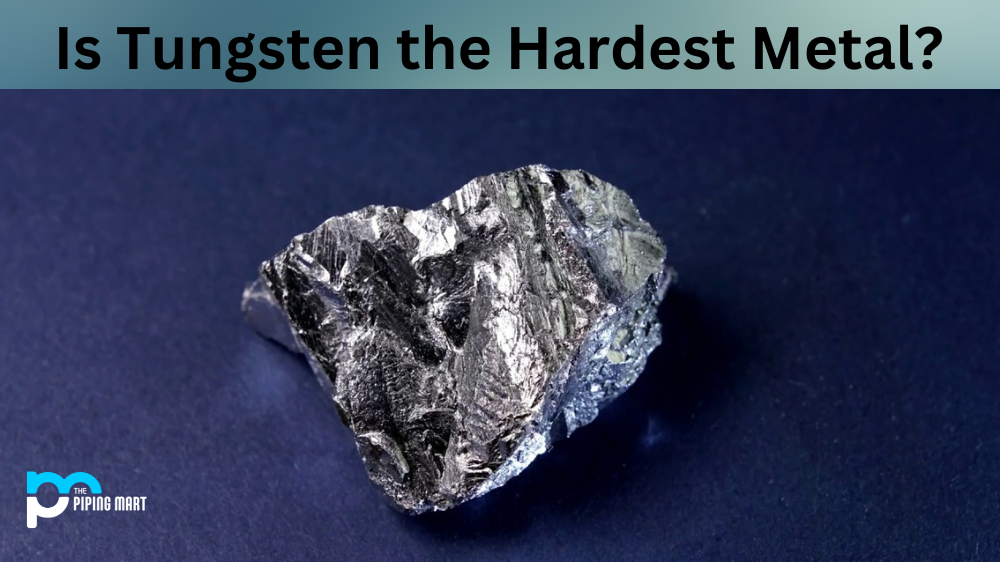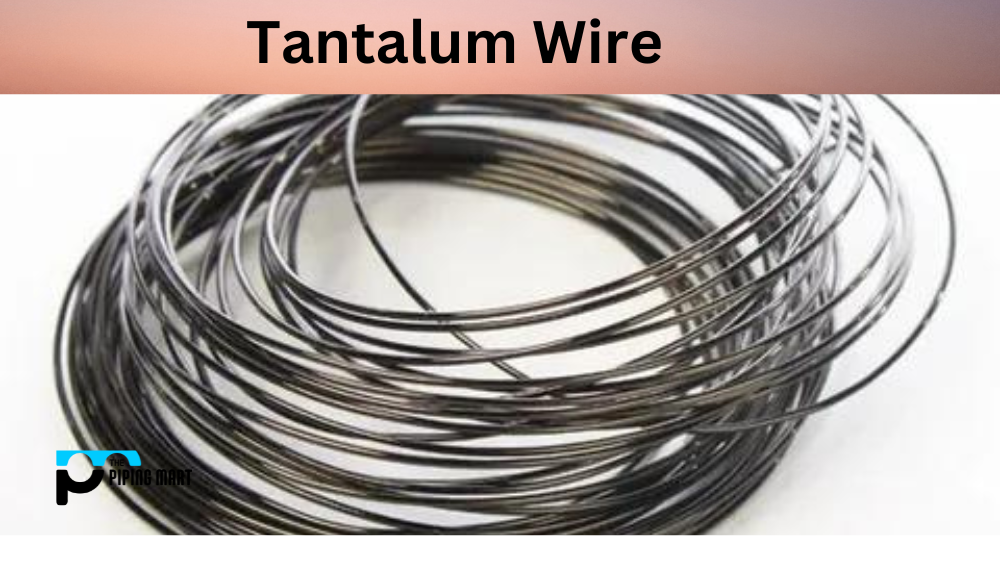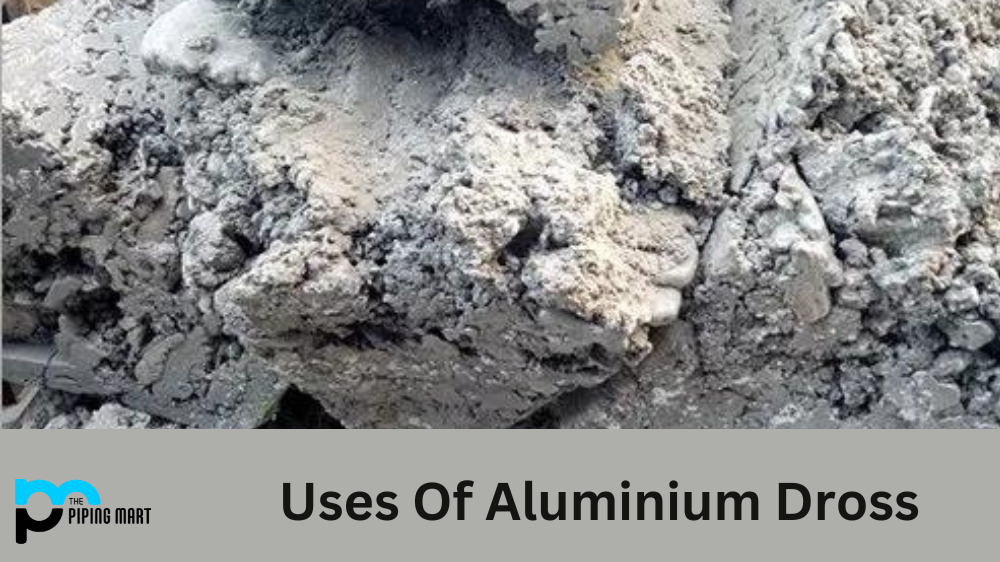Have you ever wondered how to calculate the volume contraction of a solid copper cube? It’s easier than you might think! Volume contraction is an important concept in physics, and it’s useful to know how to calculate it. In this blog post, we will be walking through the steps necessary to determine the volume contraction of a solid copper cube.
The formula of calculating volume contraction is
V/V 0 = (1-α)(T/T 0 )
where V is the new volume, V 0 is the original volume, α is the coefficient of linear expansion,
T is the new temperature, and T 0 is the original temperature. To find out what our values are for each variable, we need to do some research.
First off, let’s look at our copper cube. We can assume that its original volume was 1 cm3 since this is a common size for cubes. Now we need to find out what our coefficient of linear expansion is for copper. According to research from the University of North Carolina at Chapel Hill, copper has an alpha value of 16 x 10-6 /°C (or 16 parts per million per degree Celsius). Now that we know our coefficent of linear expansion, we can move on to determining our new temperature. Let’s assume that it has been heated up by 50°C over its original temperature—this should give us an accurate representation of what happens when something undergoes heating and cooling cycles in real life. This means that our new temperature value would be 50°C higher than before—in other words, 50°C + 0°C = 50°C total.
Now, all we have to do is plug in these values into our formula! Our equation now looks like this:
V/V 0 = (1 – 16 x 10-6 /°C)(50/0).
After solving this equation, we get a final answer for our volume contraction as 799 x 10-6 /°C or 0.799%. This means that if we heat up our solid copper cube by 50 degrees Celsius over its initial temperature, its volume will decrease by .799%.
Conclusion
Calculating the volume contraction of a solid copper cube can seem like a daunting task, but with the right knowledge and research skills, it doesn’t have to be! By following these steps and understanding what goes into each calculation, anyone should be able to accurately determine their own results for any kind of object undergoing thermal expansion or contraction. Aspiring scientists and engineers should take note; understanding concepts like these will help you better understand how objects react under various conditions in order to achieve your desired results!

Pipingmart is a B2B portal that specializes in metal, industrial and piping items. Additionally, we share the latest information and information about materials, products and various types of grades to assist businesses that are involved in this business.




